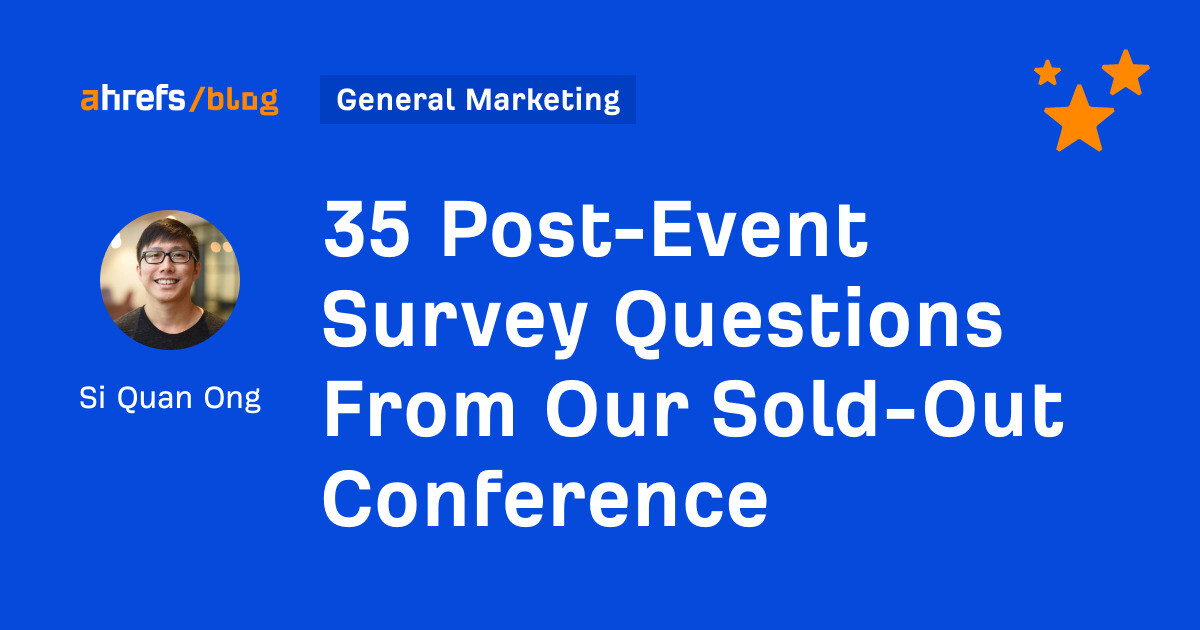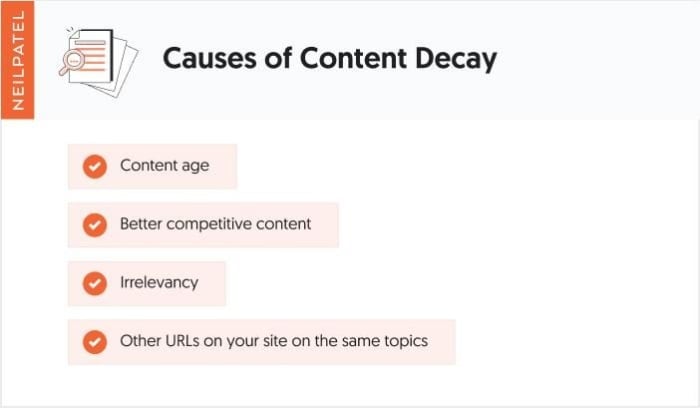Google’s Free SEO Tools, Explained
Every SEO—whether beginner or expert—uses Google’s free tools in some capacity. They’re widely accessible, they offer a glimpse into how Google’s search and advertising systems work, and they’re often the first place we look for performance data. Here’s what...
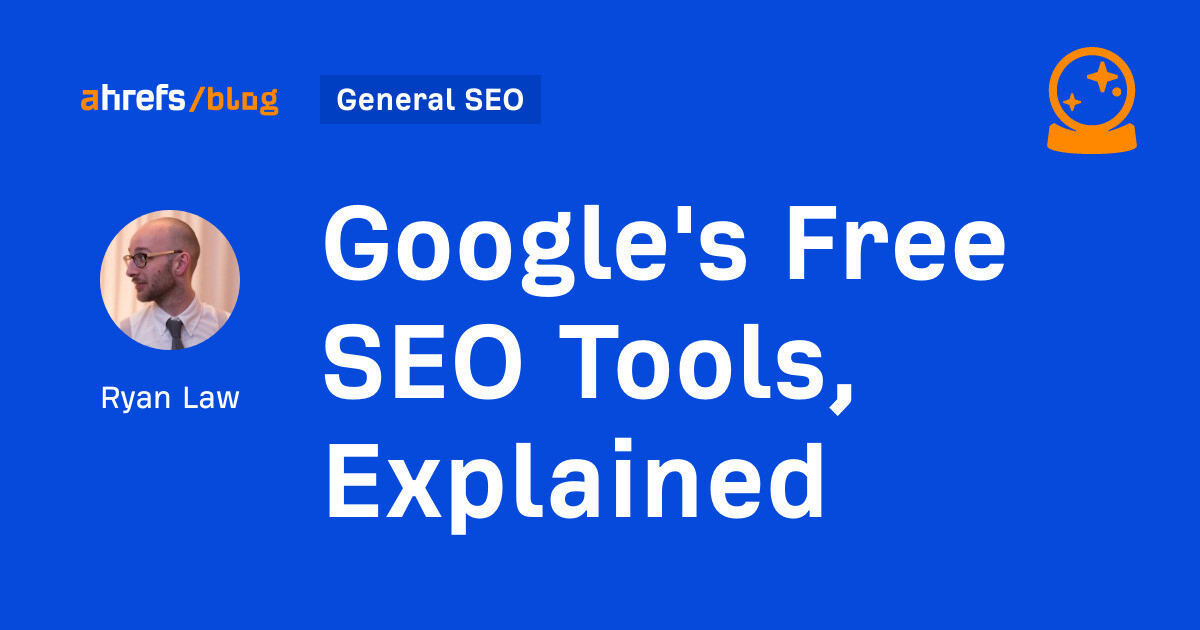
Google provides a solid set of free SEO tools. From simple keyword research to performance tracking, you can stitch together a full workflow without spending a dime. Every SEO—whether beginner or expert—uses Google’s free tools in some capacity. They’re widely accessible, they offer a glimpse into how Google’s search and advertising systems work, and they’re often the first place we look for performance data. Here’s what each of Google’s free SEO tools does, when to use it, and some Ahrefs alternatives for when you outgrow the basics. Google Search Console (GSC) is your direct line to how Google sees your site—and for many SEOs, it’s their only source of first-party SEO data. At its core, GSC shows which queries bring traffic to your pages, how those pages perform in search, and whether Google is indexing them properly. The Performance report is where most people start: it lets you analyze SEO metrics by page, query, country, device, and date. You can see which pages get the most organic search traffic, and monitor how your performance changes over time. Then there’s the Indexing report, which reveals which pages are in Google’s index and which are excluded—with specific reasons why. This should be your first port of call for any performance issues. It saves you from the black box of wondering why content isn’t showing up. The URL Inspection tool allows for page-level diagnostics. You can see whether a page is indexed, the last time it was crawled, if mobile usability passed, and whether enhancements like schema markup are detected. And there’s the new Insights report, which aims to quickly provide key trends and performance data for your website: GSC also includes Core Web Vitals reporting—tracking metrics like LCP and CLS that influence rankings—and a manual actions section, where you’ll be notified if Google penalizes your site. And submitting sitemaps through GSC is still the most reliable way to ensure new content gets discovered quickly. GSC is great, but only stores 16 months of historical data. If you connect it to Ahrefs, we’ll store and backfill that data indefinitely—so you can monitor long-term trends, compare year-over-year performance, and build more robust SEO reports. Google Analytics (GA4) helps you understand what happens after someone lands on your site. It’s the tool for tracking on-site behavior—things like how long users stay, what pages they visit, and whether they convert. One of the most useful GA4 reports for SEOs is the Acquisition report. This shows you how many users arrived via organic search and how that traffic compares to other sources, like paid search or direct visits. By analyzing these patterns, you can see which pages are pulling in traffic and which might need attention. You can also dig into engaged sessions and conversion paths. These metrics show how long users stick around, which pages they interact with, and how they ultimately convert—giving you insight into which content is driving results. Segmentation is another GA4 superpower. You can slice your data by landing page, device type, country, traffic channel, and more. This makes it easier to spot technical issues (like poor mobile experience) or content gaps by region. GA4 can be overwhelming and surprisingly difficult to use—especially if you’re just trying to understand where your website traffic comes from. If you want something a little easier to use, you can try Ahrefs Web Analytics. It’s a simple-to-use, privacy-focused GA4 alternative that filters out bots, makes it easy to spot traffic from AI assistants, and is free up to 1 million events per month. Google Keyword Planner was originally built for advertisers running Google Ads, but many SEOs use it for basic keyword research as well. You can plug in a seed keyword to generate hundreds of related keyword ideas. The tool also provides rough estimates of monthly search volumes and a competitiveness rating—though this rating reflects ad competition, not organic ranking difficulty. You can group keyword suggestions into ad groups or thematic clusters, which can be helpful for early-stage content planning. But there are a few important limitations: These gaps make it harder to build a truly effective organic SEO strategy using Keyword Planner alone. A better option for SEO-specific research is Ahrefs’ Keywords Explorer. It gives you precise search volumes, Keyword Difficulty scores, SERP features, traffic potential, parent topics, and now even trend predictions—so you can find not just popular keywords, but the ones likely to grow in value. Google Trends lets you see how interest in a topic changes over time, based on search data from across Google’s massive user base. It’s an excellent tool for identifying which topics are gaining popularity and which ones are falling off. You can use Google Trends to identify rising queries before they hit their peak, giving you a chance to publish content ahead of the curve. It also allows you to compare the relative popularity of two or more search terms, helping you decide which keyword might be more relevant or timely for your audience. Beyond that, the tool lets you drill down by region, timeframe, and category, which is useful for understanding seasonal or regional differences in interest. For instance, a keyword might be trending in the US but flat in the UK, or it might peak every December. Ahrefs’ Keywords Explorer now includes growth predictions and built-in trend filters, which makes this kind of analysis even more useful. You can easily spot keywords that are trending up, down, or have strong seasonal patterns—all within the same dashboard. Google Alerts monitors the web for mentions of a brand, competitor, or keyword. It’s a simple tool that allows you to set up alerts for specific terms and receive email notifications whenever new content matches your criteria. You can customize alerts by language, region, and content type (such as blogs, news, or forums), which makes it fairly flexible for SEO and PR use cases. This tool is especially useful for monitoring press mentions, discovering unlinked brand citations you may want to reclaim, or keeping tabs on what competitors are saying or doing. Ahrefs’ Content Explorer takes this to the next level by tracking mentions across billions of pages and letting you filter results by domain authority, estimated traffic, backlink profile, and publication date. It’s a powerful option for digital PR, link building, and broader content monitoring strategies. If you operate a local business, your Google Business Profile (GBP) is one of the most important assets in your SEO toolkit. It determines how your business appears in Google Maps and local search results, including the coveted local pack—the top three map listings that show up for location-based queries. Your GBP lets you display essential information like opening hours, business categories, services offered, and contact details. You can also upload photos, publish updates, answer questions, and engage with customers via messaging or review responses. All of these interactions influence how your listing performs and how trustworthy it appears to potential customers. Importantly, Google will automatically change parts of your GBP listing (like the services you offer) based on reviews, so it’s important to monitor which changes Google has made. Google can change Managing your Google Business Profile manually can be tedious—especially if you’re overseeing multiple locations. That’s where Ahrefs’ Google Business Profile Monitor comes in. It helps you catch unauthorized changes, reject malicious edits, and manage multiple profiles efficiently from a single dashboard. You’ll receive real-time email alerts for any change, whether it’s made by you, your team, or Google, and you can bulk edit fields like business hours, categories, and contact details. PageSpeed Insights assesses your website’s loading performance and provides a detailed analysis of what’s slowing it down. It focuses on Core Web Vitals—specifically Largest Contentful Paint (LCP), Cumulative Layout Shift (CLS), and First Contentful Paint (FCP)—which are key performance metrics that influence both user experience and search rankings. PageSpeed Insights suggests useful actions to speed up page performance, like compressing large images, minimizing JavaScript and CSS, leveraging browser caching, or reducing server response times. This makes it a practical resource for improving site speed even if you’re not a developer. What sets PageSpeed Insights apart is that it pulls in real-world field data from the Chrome UX Report (CrUX), showing how your site performs for actual users on different devices and network conditions—not just lab simulations. For a more streamlined workflow, you can enable PageSpeed Insights directly within Ahrefs’ Site Audit. This integration lets you audit and resolve page speed issues alongside other technical SEO problems like crawl errors, broken links, and duplicate content—all in a single dashboard. If you’re using structured data on your website, the Rich Results Test is your go-to tool for validating that markup. Structured data helps Google understand your content better and enables enhanced search features like rich snippets—those attention-grabbing listings with stars, images, or FAQs. Structured data may also improve how your content is surfaced and interpreted by large language models (LLMs), increasing the chances of your content being referenced in AI-generated answers and tools like Google’s AI Overviews or Bing Copilot With the Rich Results Test, you can input any live URL or paste in a code snippet to see if your markup is eligible for rich results. The tool will check for various enhancements such as review ratings, recipe information, product details, FAQs, and more. It also highlights whether your structured data is correctly implemented, flagging any warnings or errors that may prevent your content from appearing in enhanced formats. To go beyond individual URL checks, Ahrefs’ Site Audit lets you flag any pages with structured data issues. This feature crawls your entire website and flags problems at scale—like missing fields, invalid schema types, or unsupported rich result types. Google offers a range of free tools for traditional SEO, but it hasn’t yet released anything that helps SEOs measure or manage their visibility in AI-powered search experiences—like AI Overviews or AI Mode. This creates a blind spot. If more people are turning to AI to buy products and answer questions, how do you respond, and get your brand featured? That’s why we’ve built Ahrefs’ Brand Radar, our new AI search tool built to track how your brand shows up in AI-driven search—and help you turn it into a growth channel. Brand Radar lets you see how large language models (LLMs) mention your brand, products, and competitors across major AI search platforms, including ChatGPT, Perplexity, Gemini, Microsoft Copilot, and AI Overviews. You can benchmark your visibility against competitors, identify key topics and prompts driving AI traffic to your site, and track the volume and sentiment of AI mentions over time. AI-powered assistants are changing how people search. Brand Radar helps ensure your brand is the one they find first. Google offers a solid (and free) foundation of SEO tools. You can use them to track website performance, brainstorm simple keyword ideas, and even get notified when your brand or competitors are mentioned online. But if you’re using Google’s free SEO tools and running into some of their limitations, it might be worth checking out Ahrefs. You’ll find more data, deeper insights, simpler workflows, and tools to help you improve your visibility in AI search. Got questions? Let me know on LinkedIn.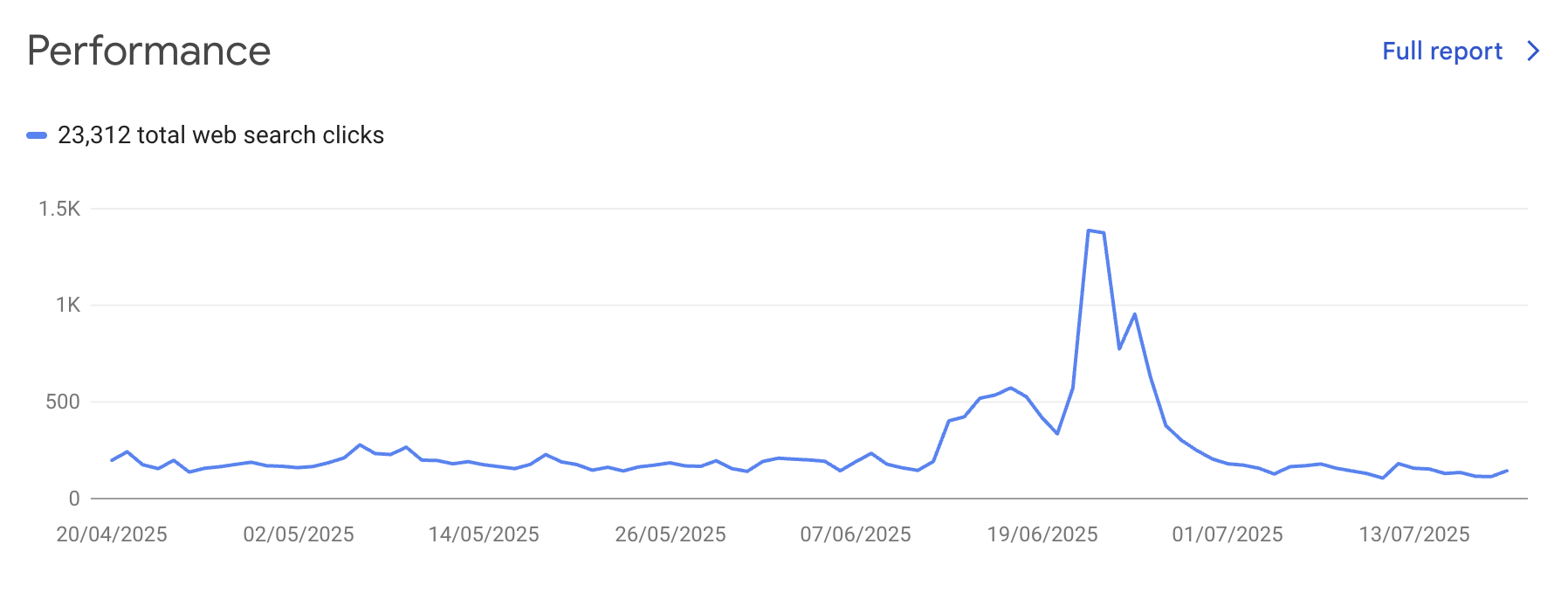
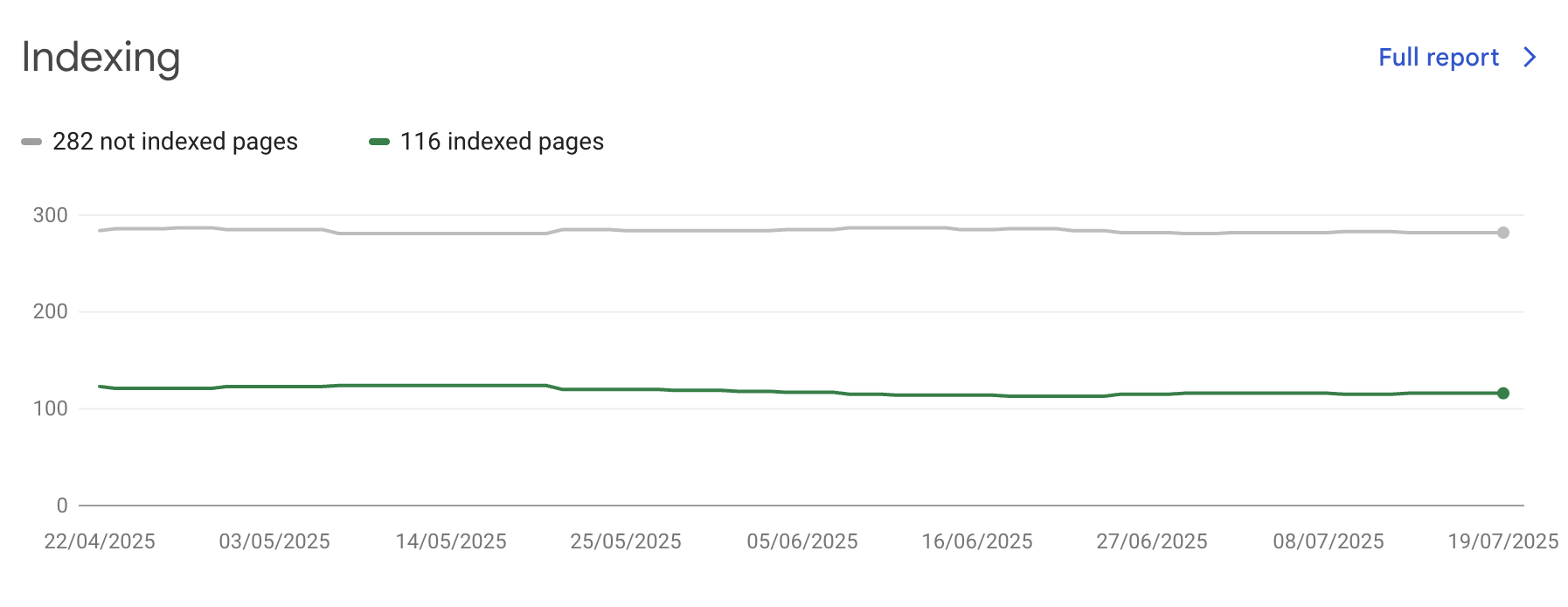
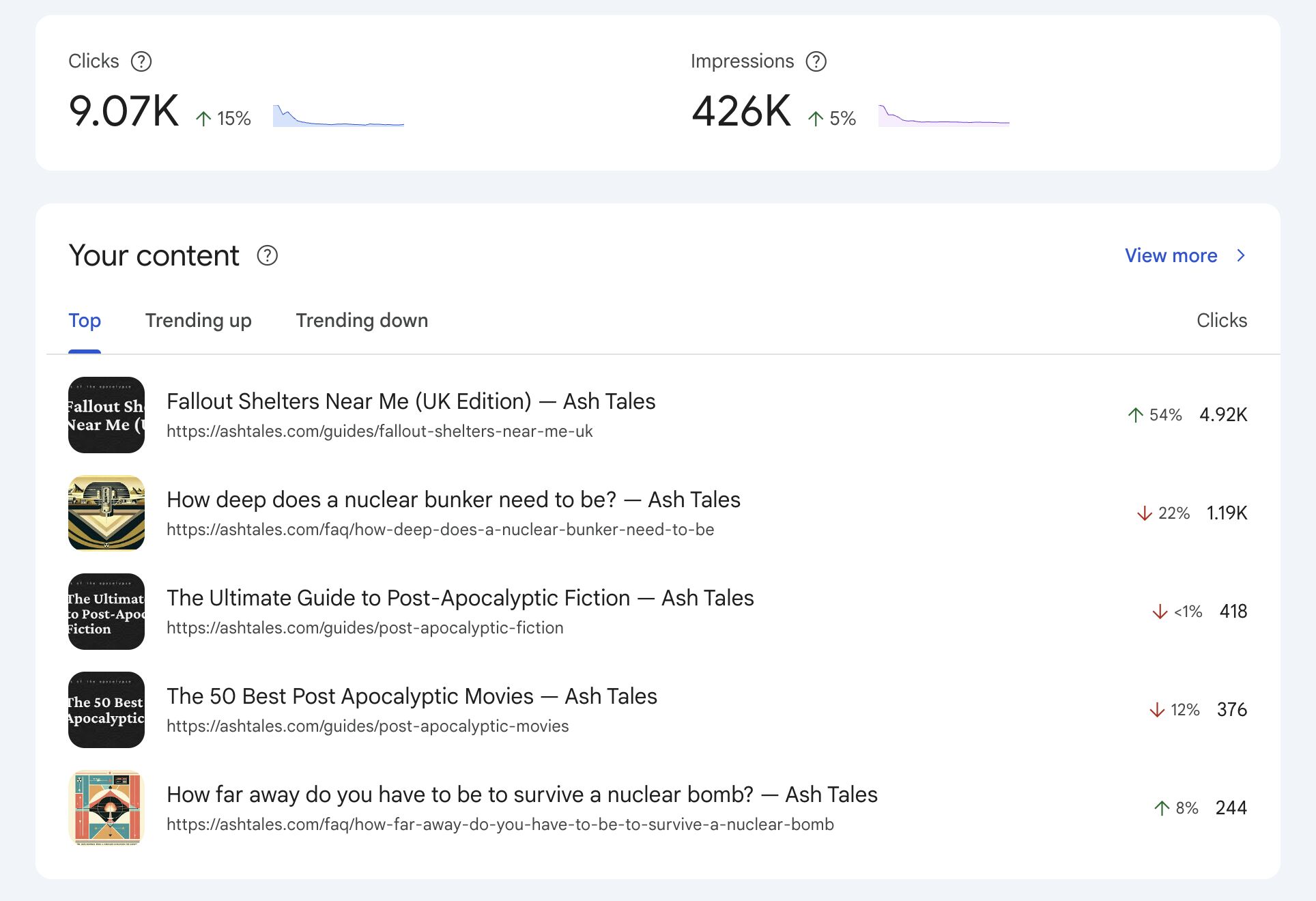
Level up with Ahrefs GSC integration
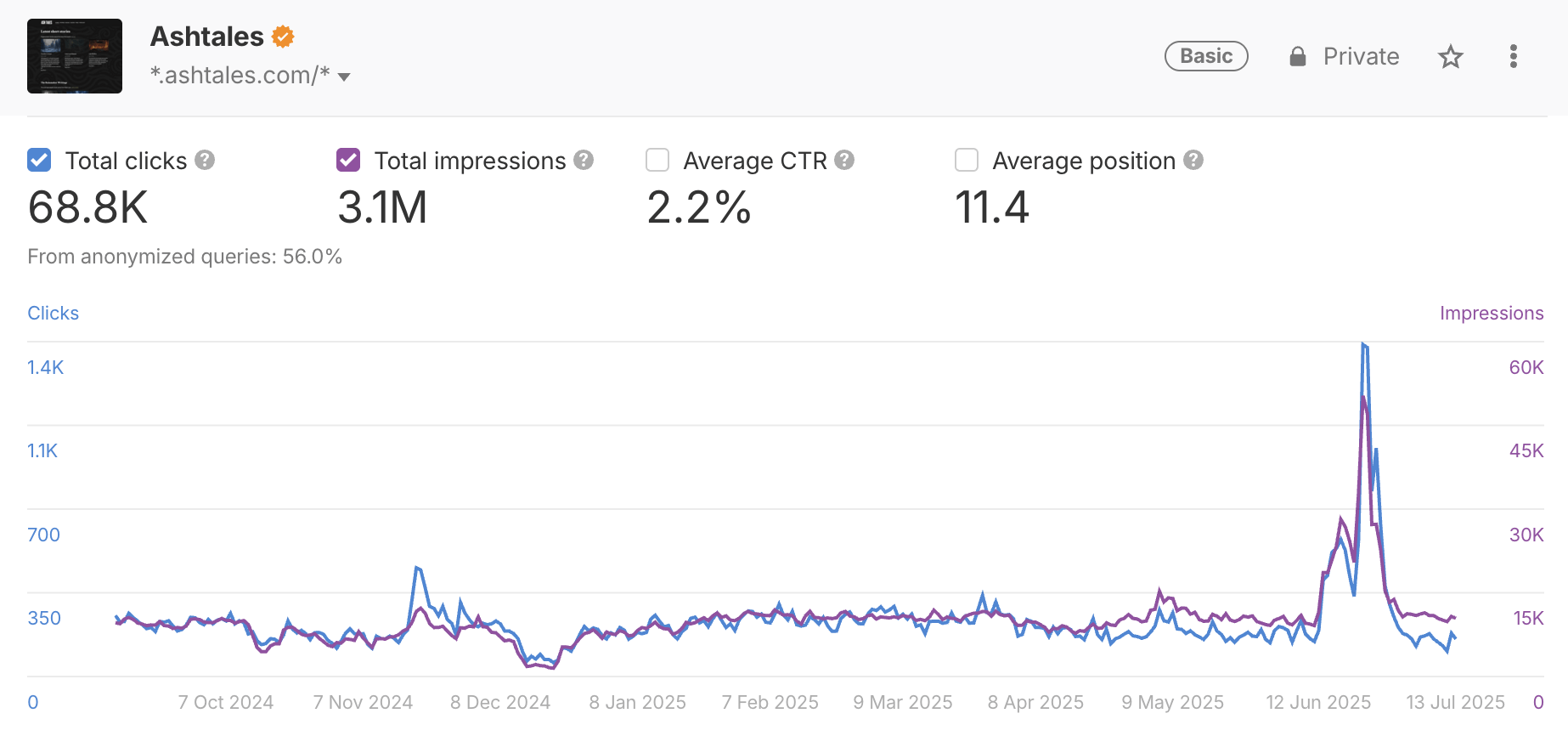

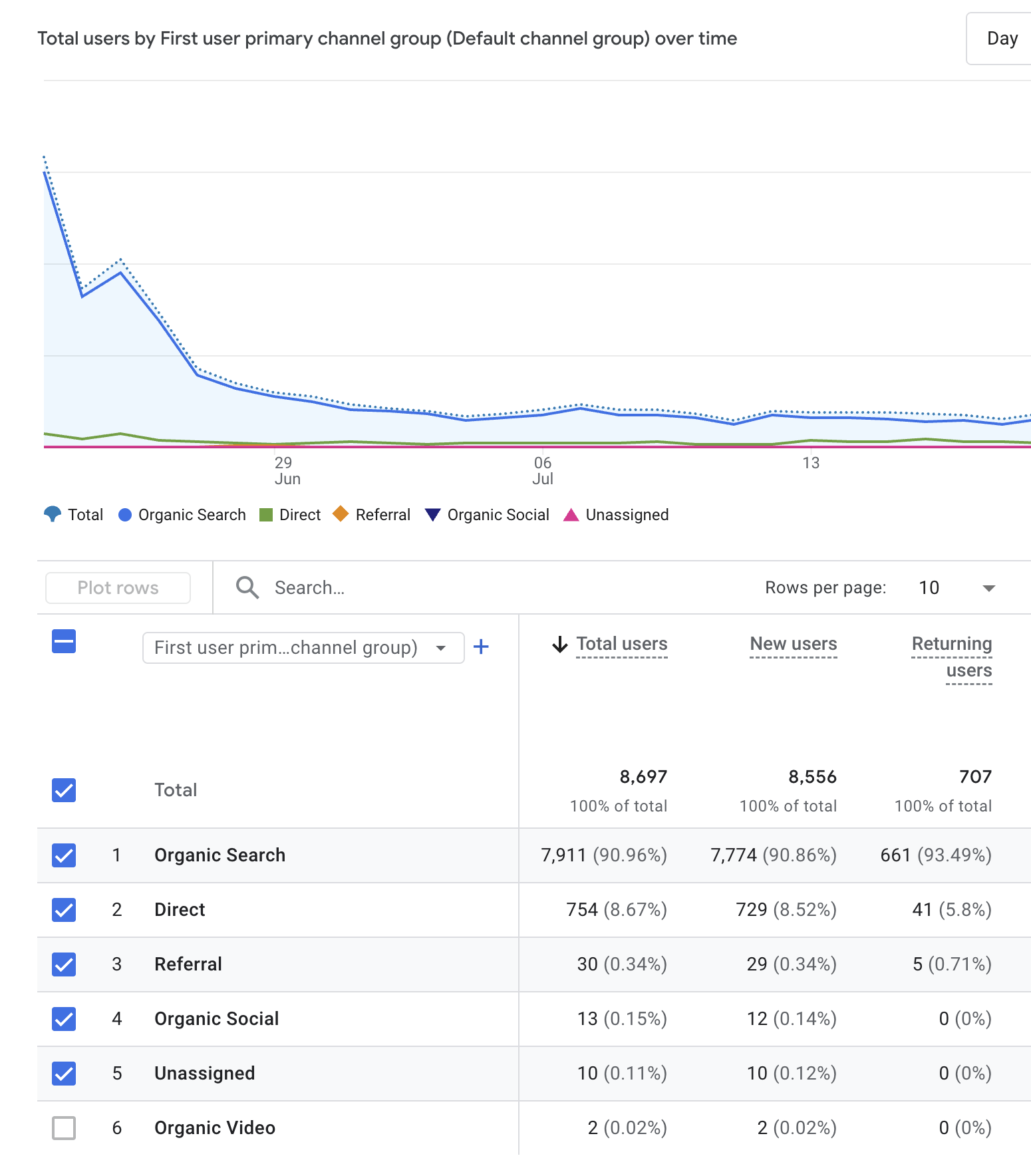
Level up with Ahrefs Web Analytics
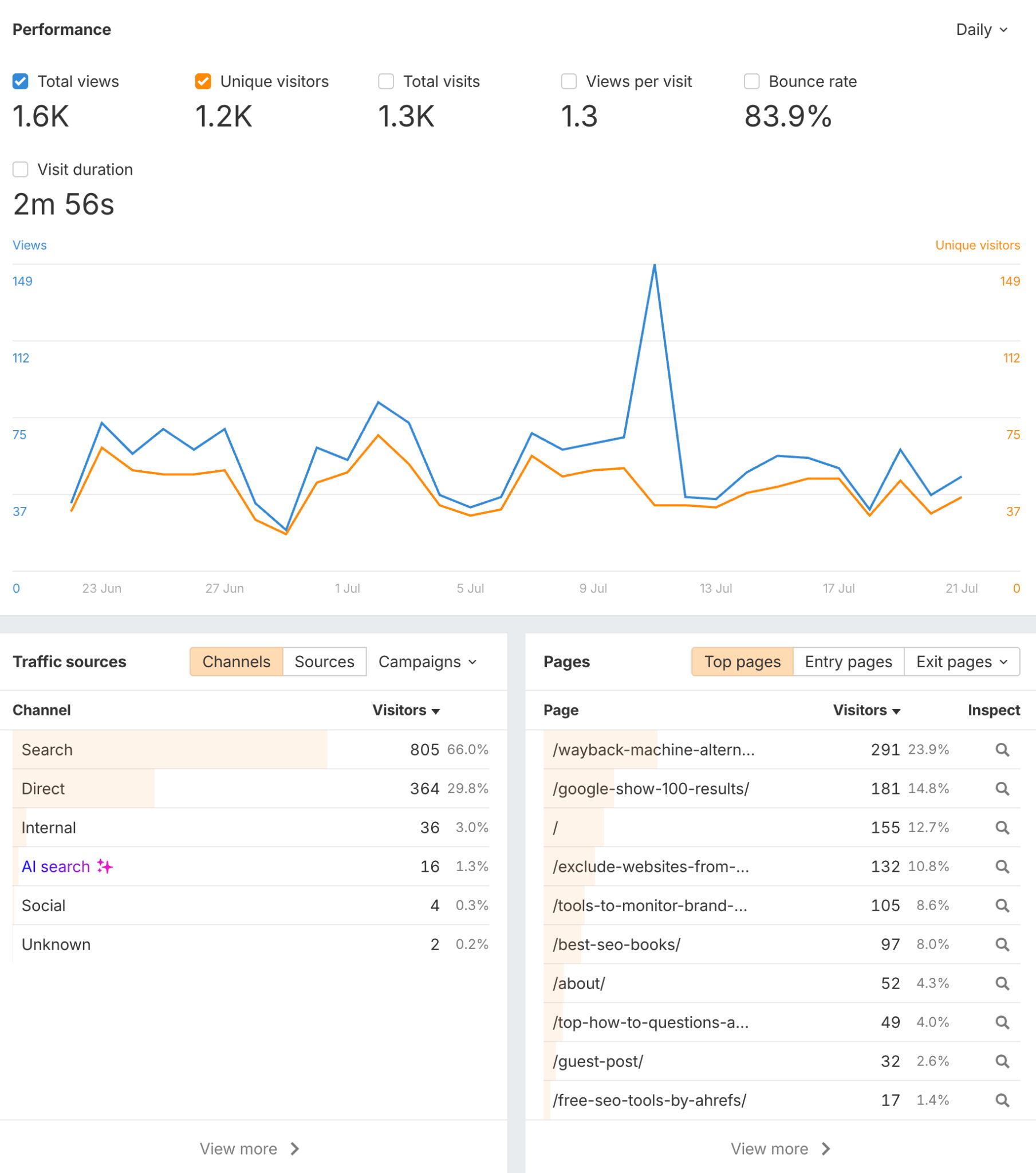
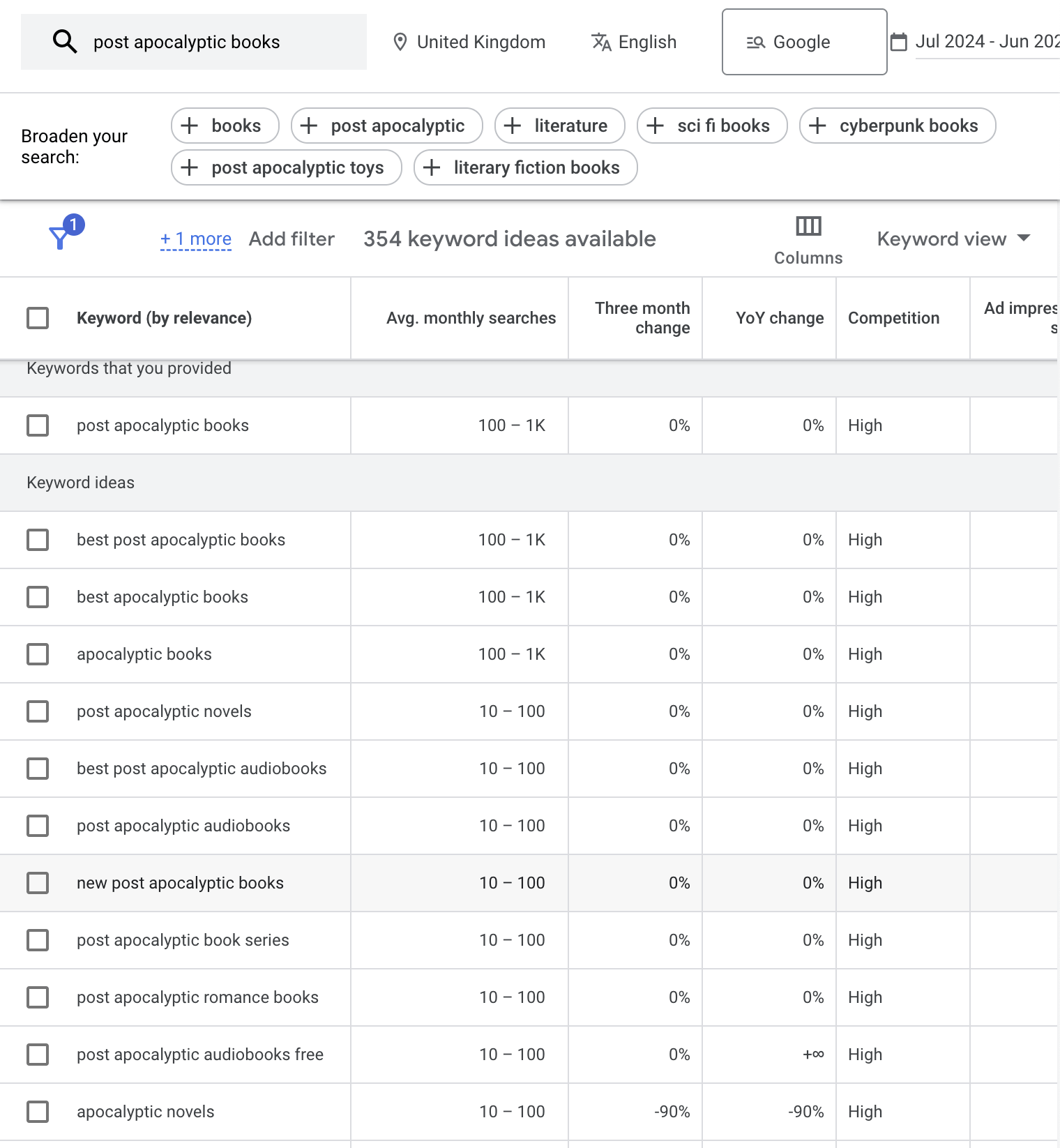
Level up with Ahrefs Keywords Explorer
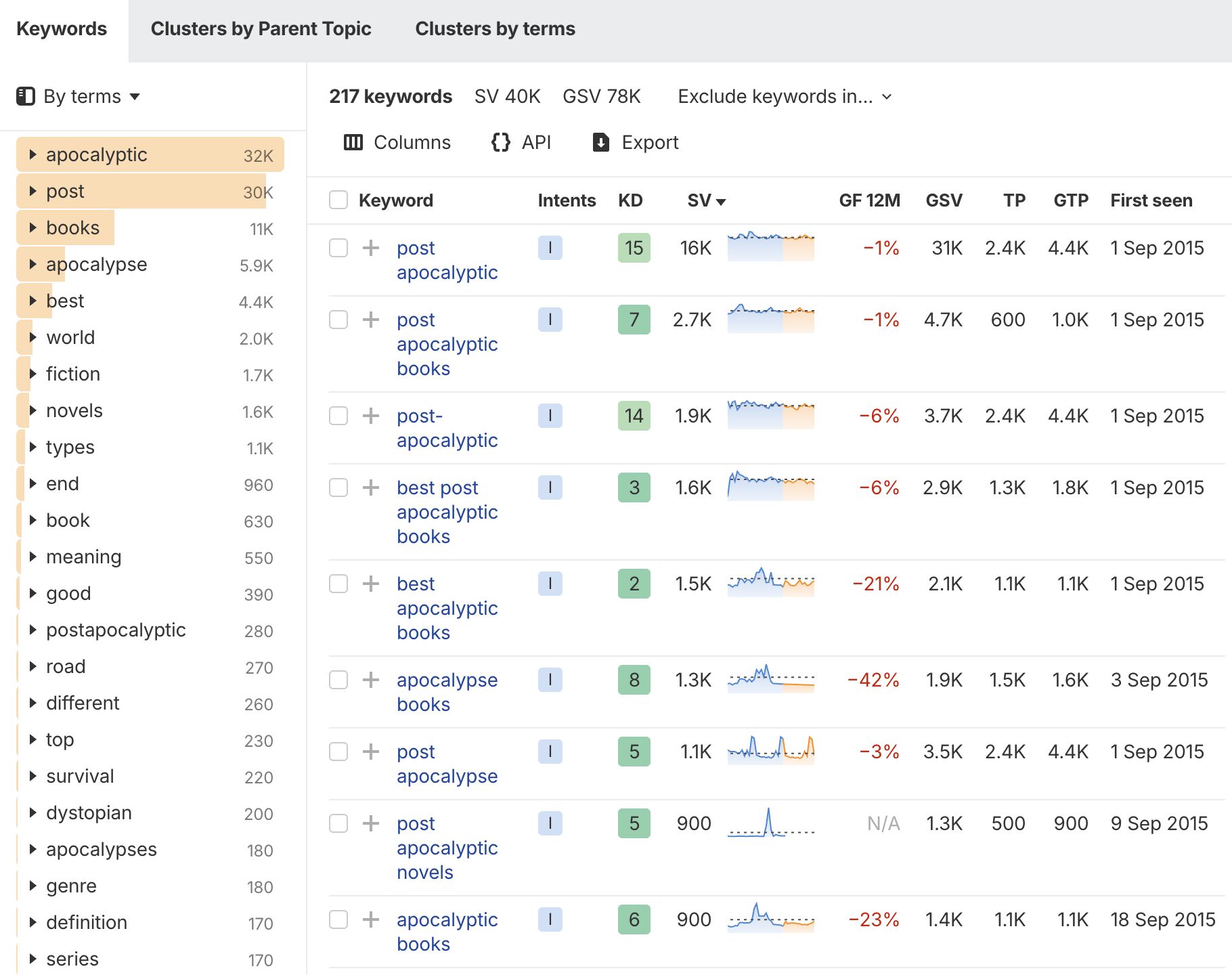
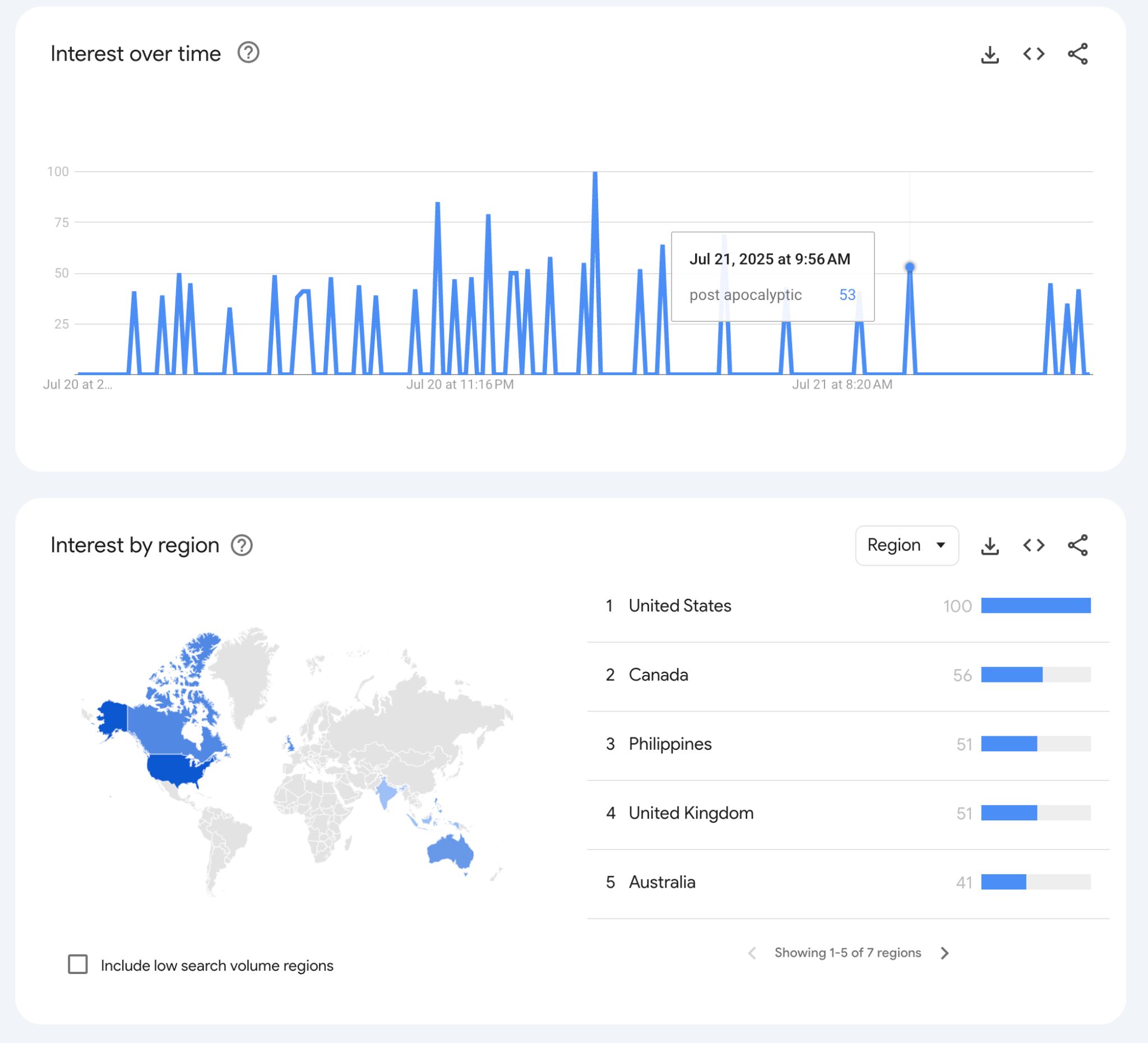
Level up with Ahrefs Keywords Explorer
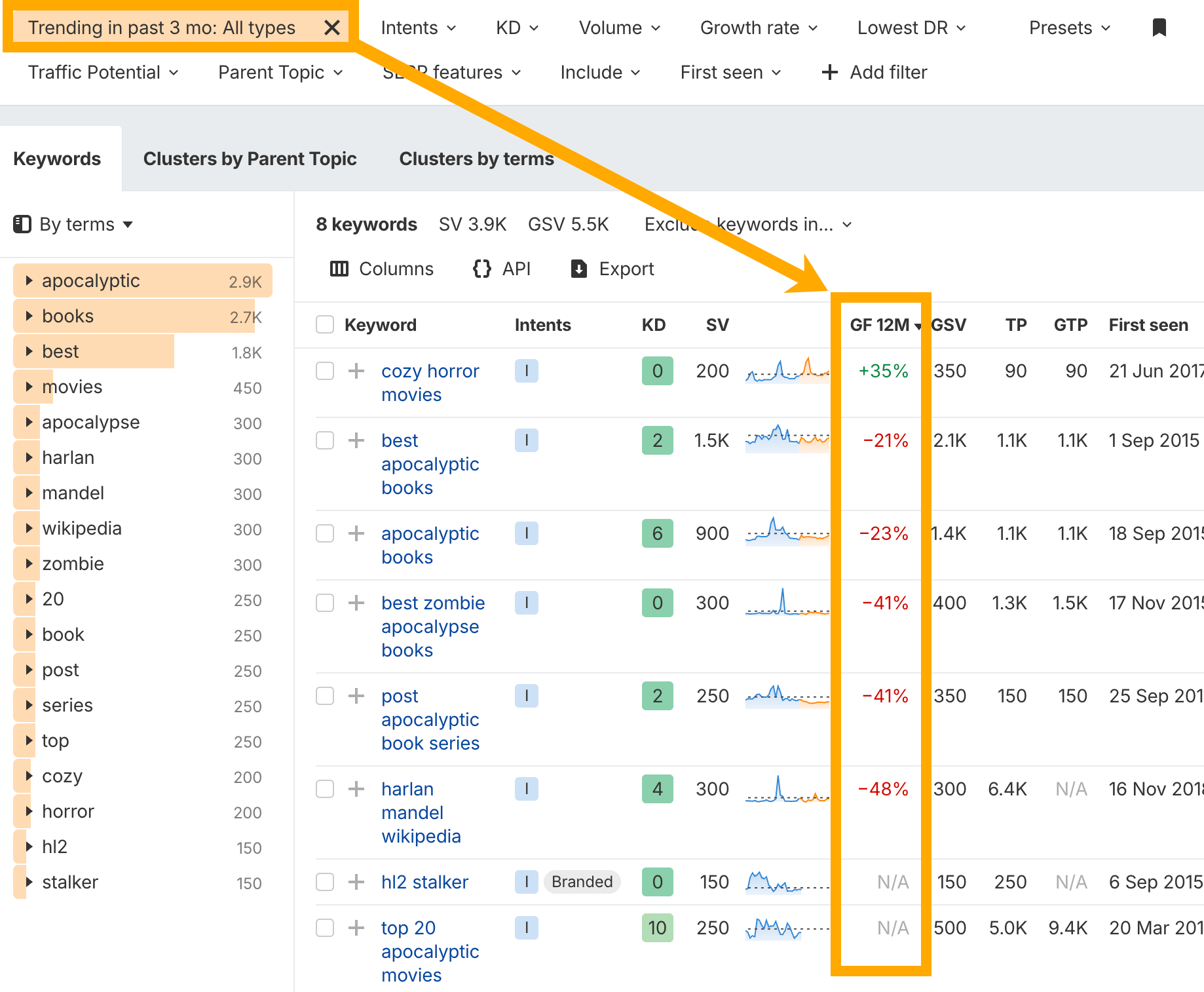

Level up with Ahrefs’ Content Explorer
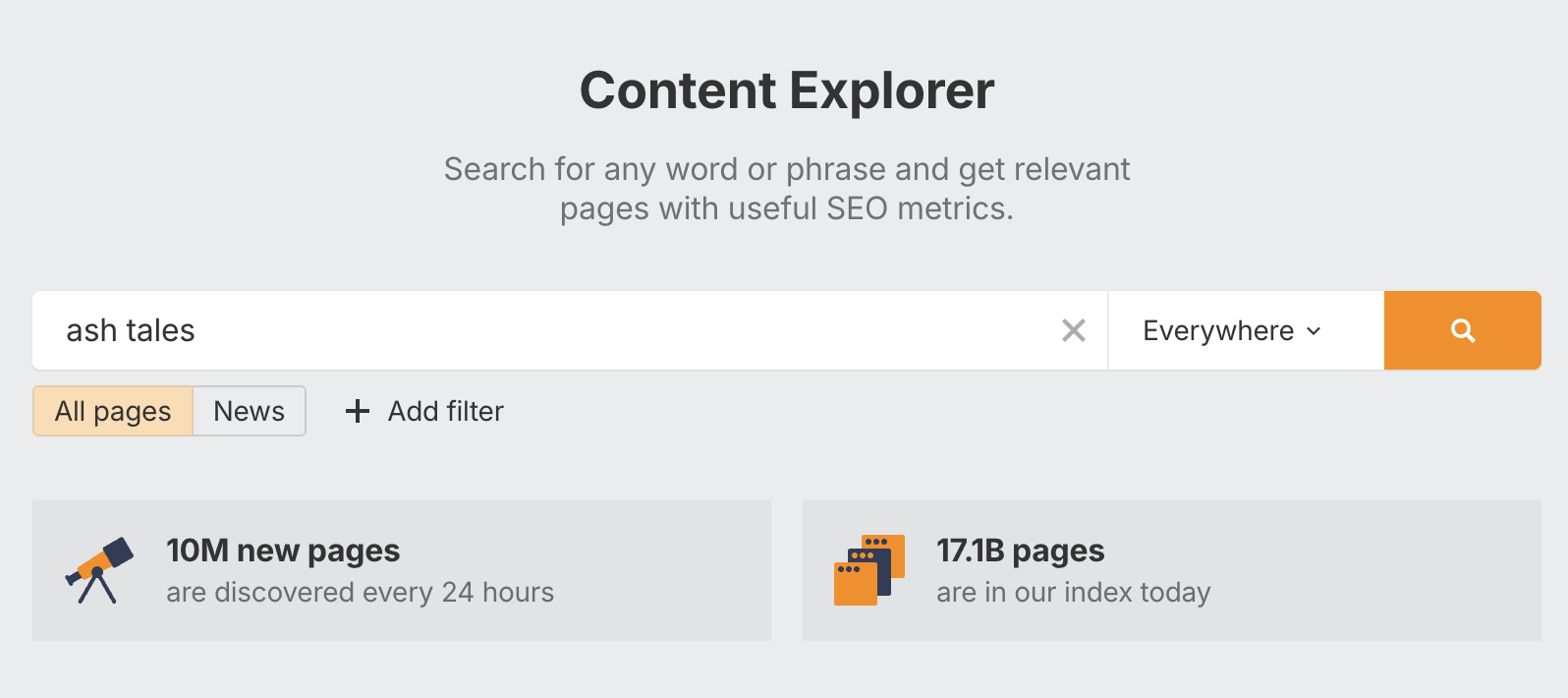
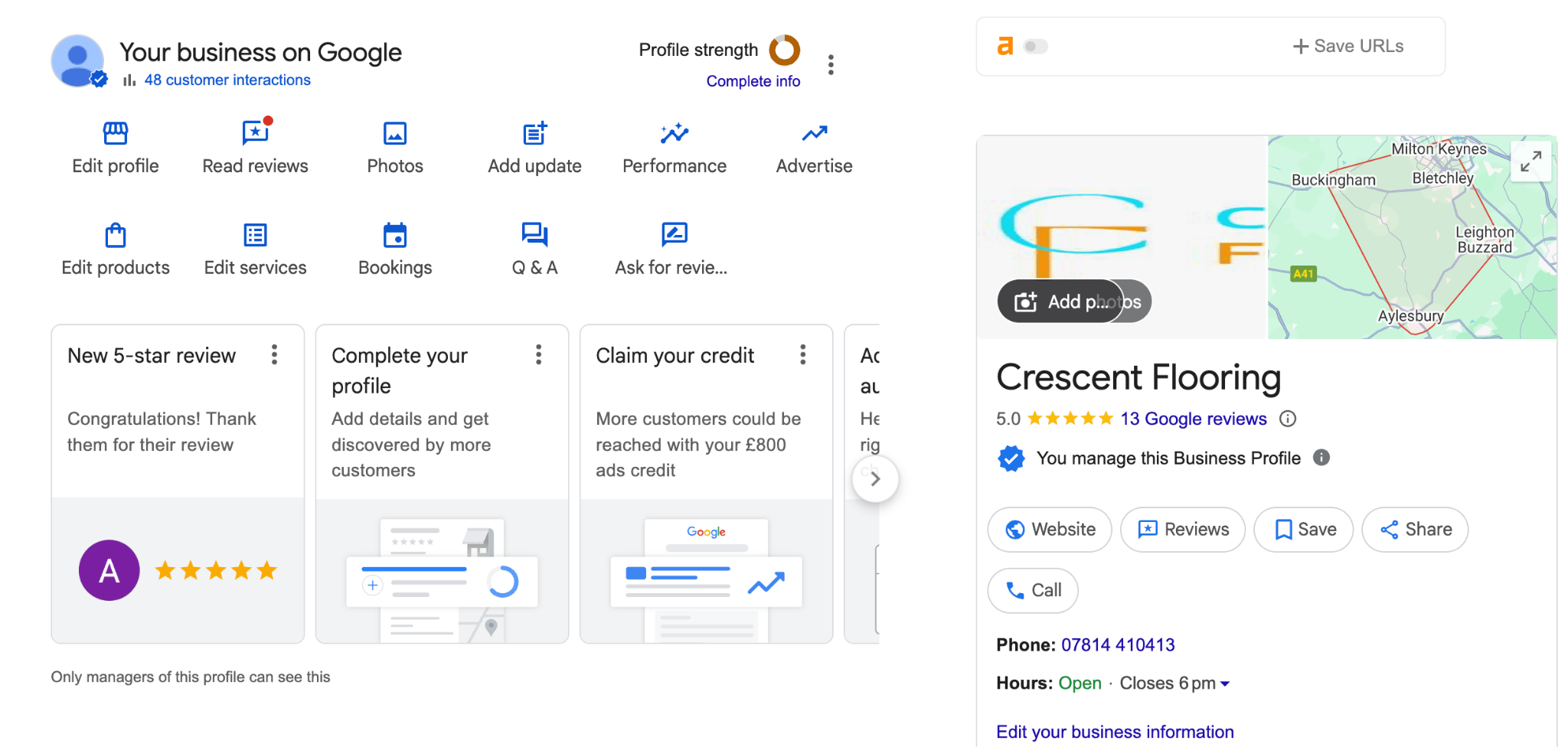
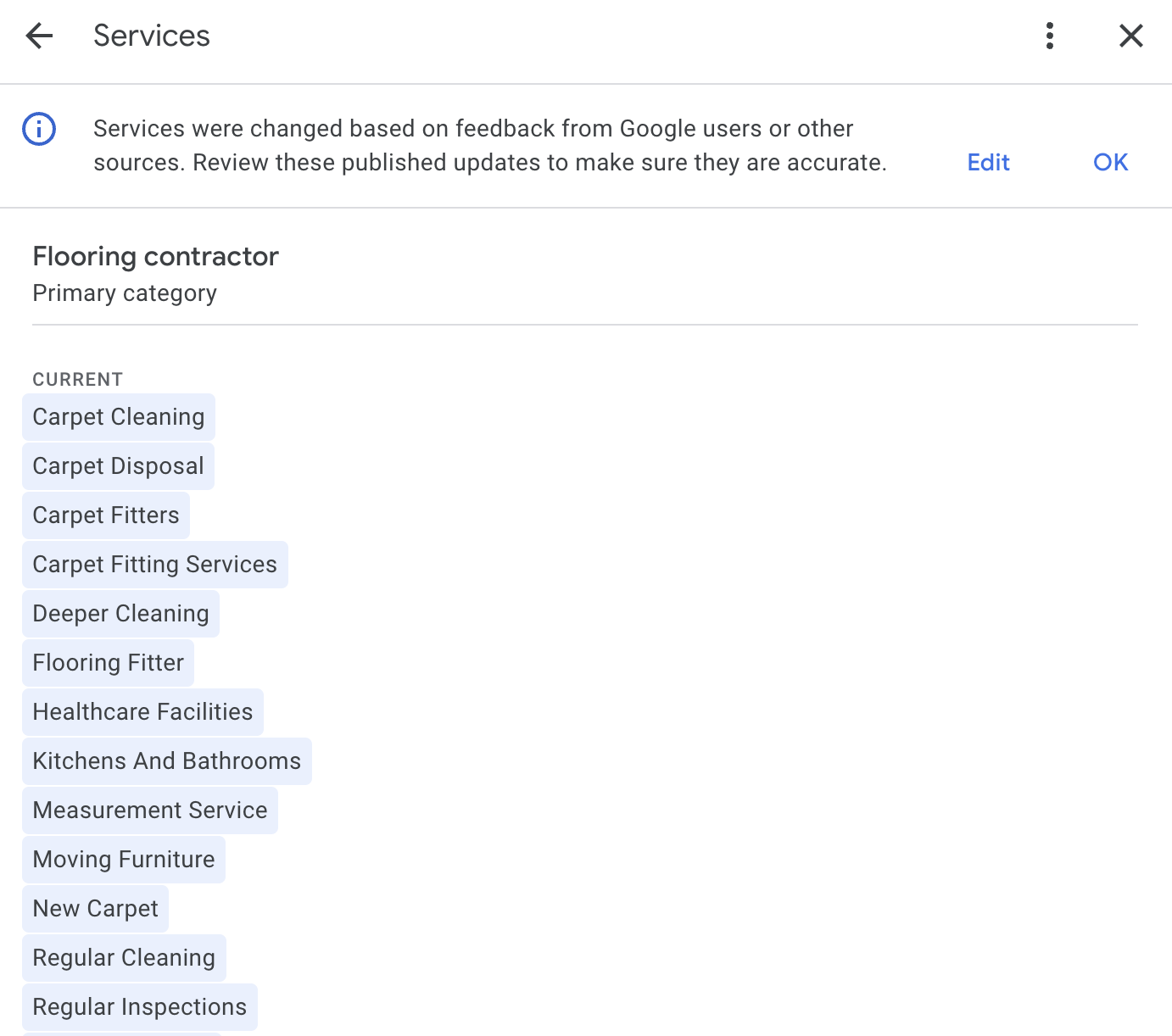
Level up with Ahrefs Business Profile Monitor
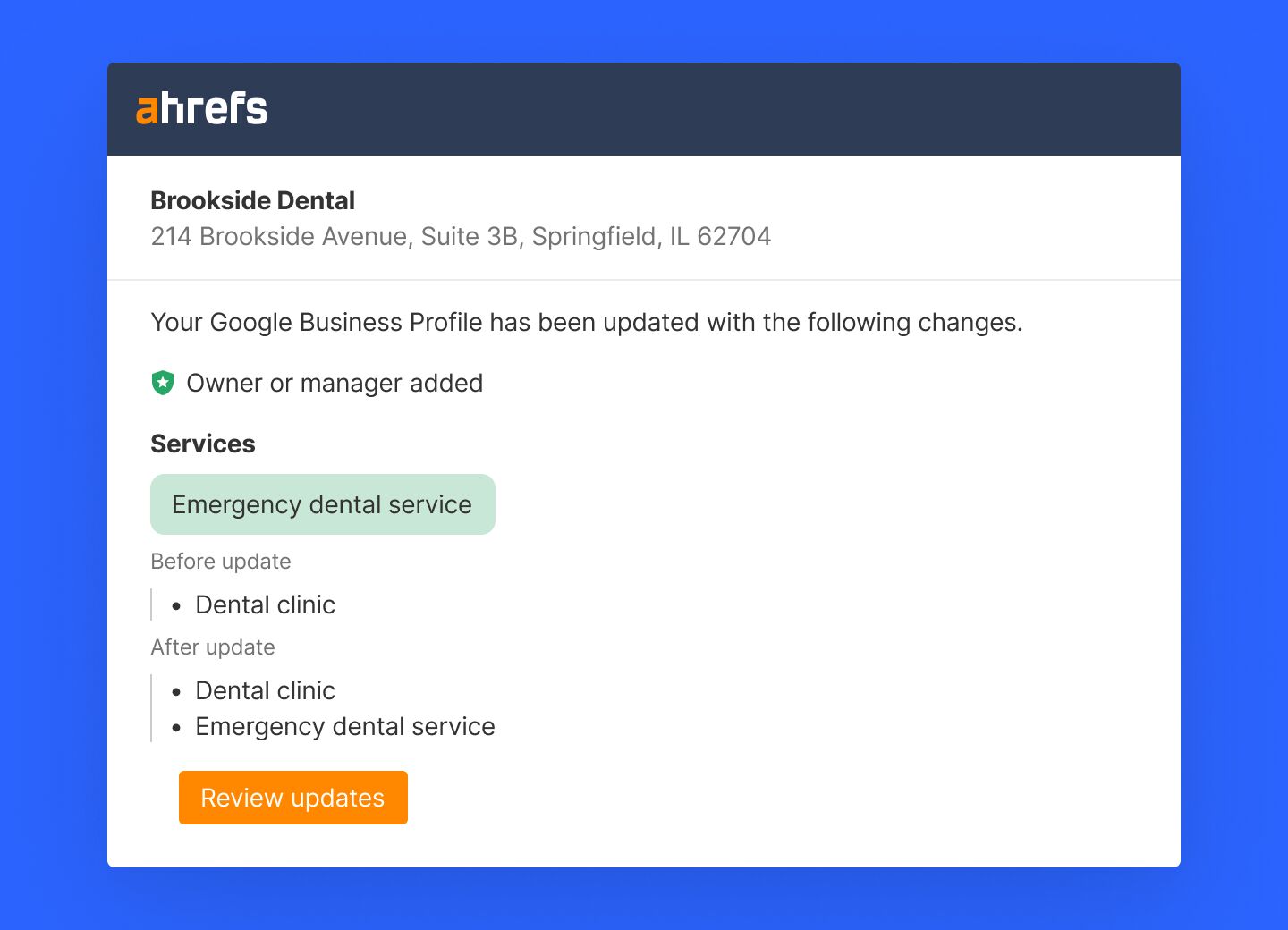
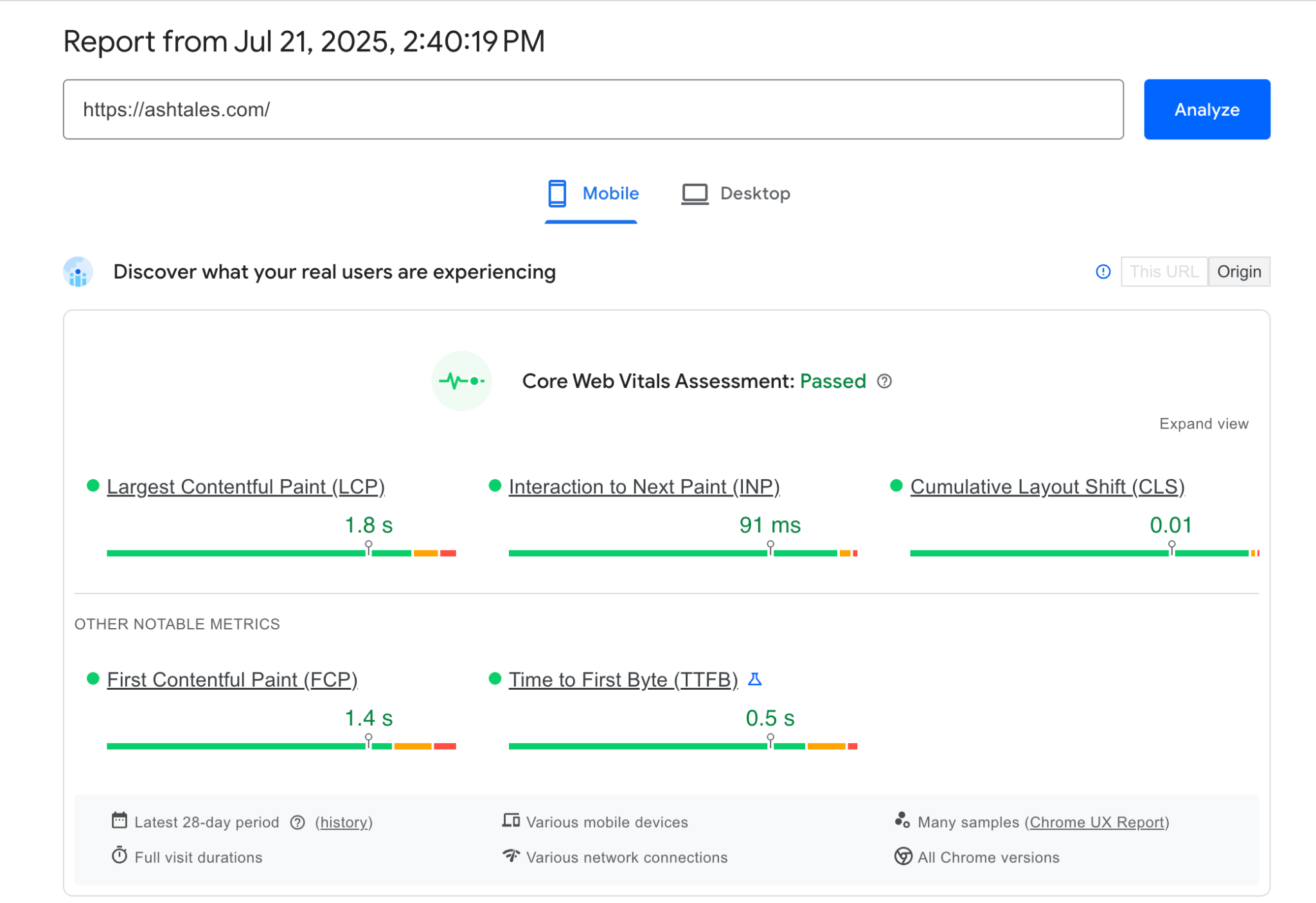
Level up with Ahrefs Site Audit

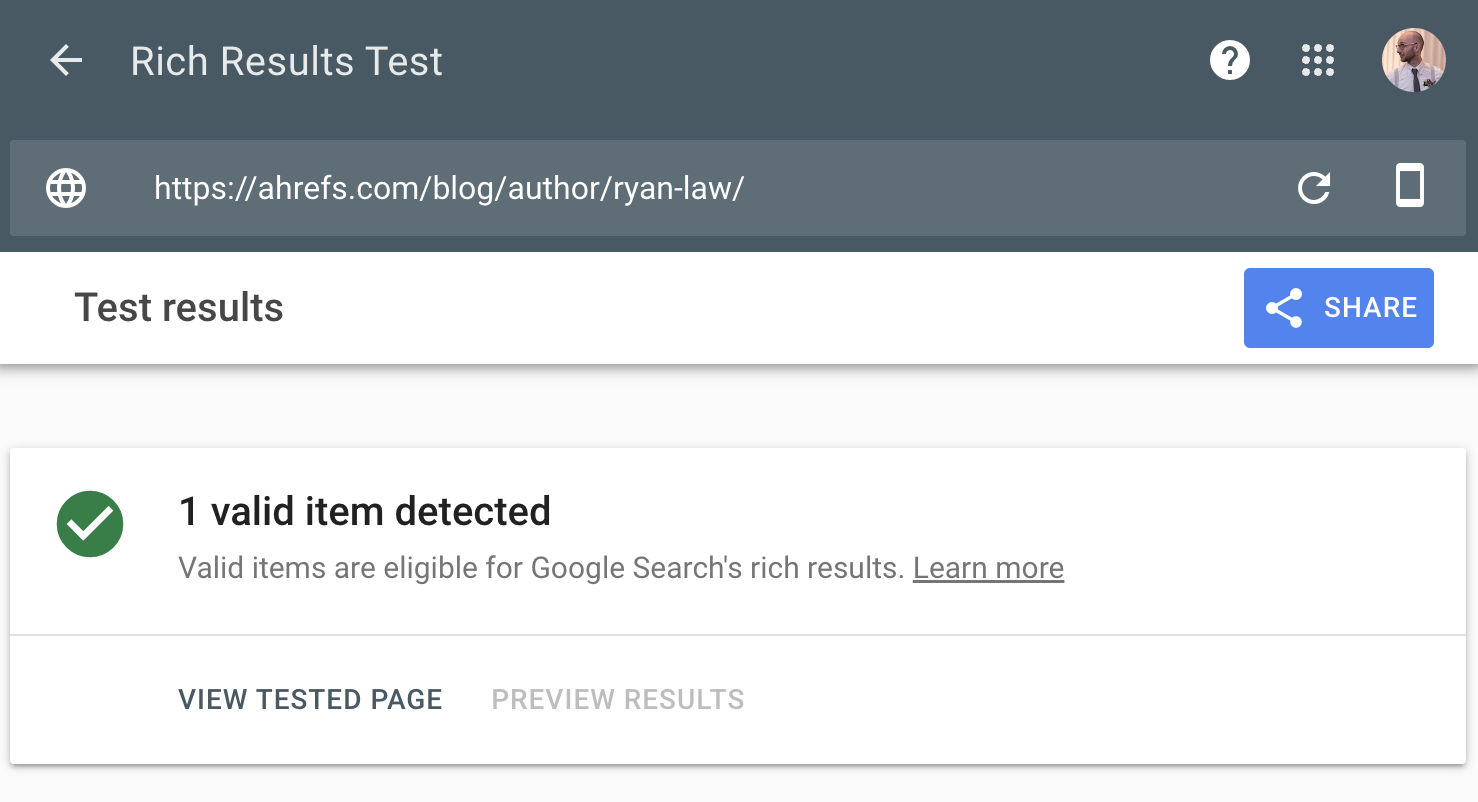
Level up with Ahrefs Site Audit
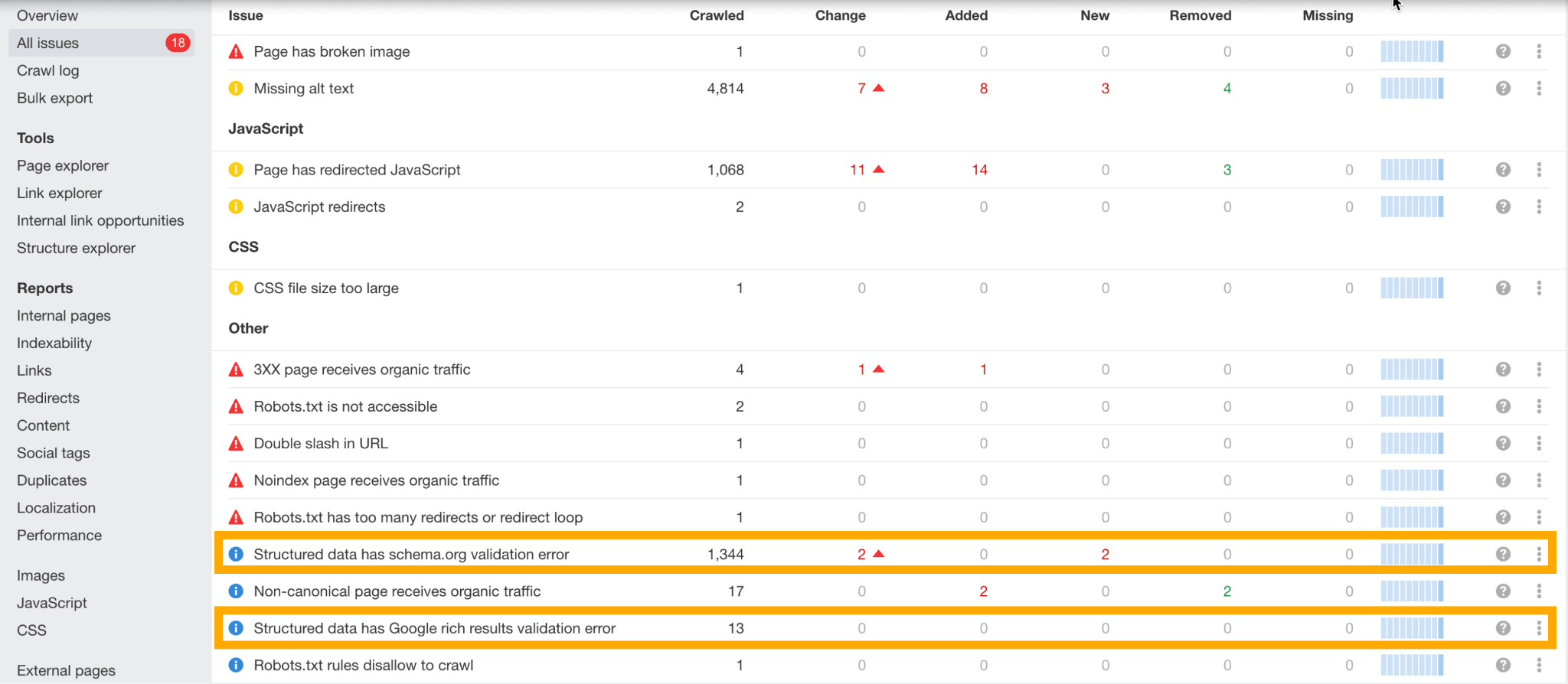
But what about AI SEO?
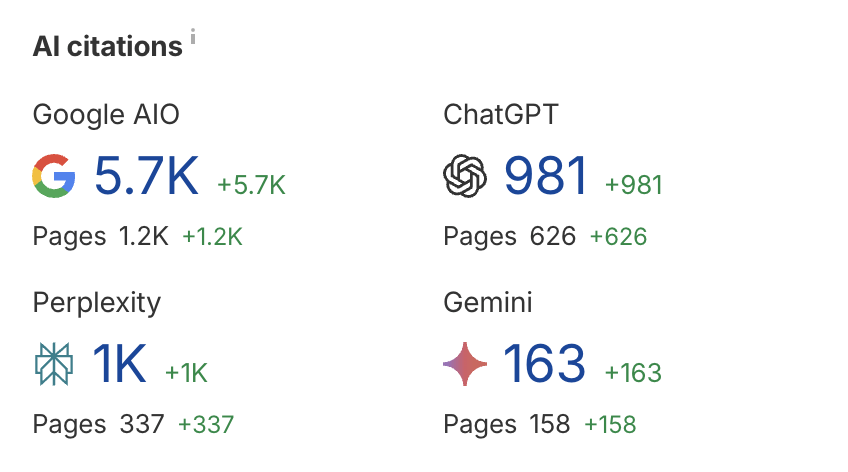
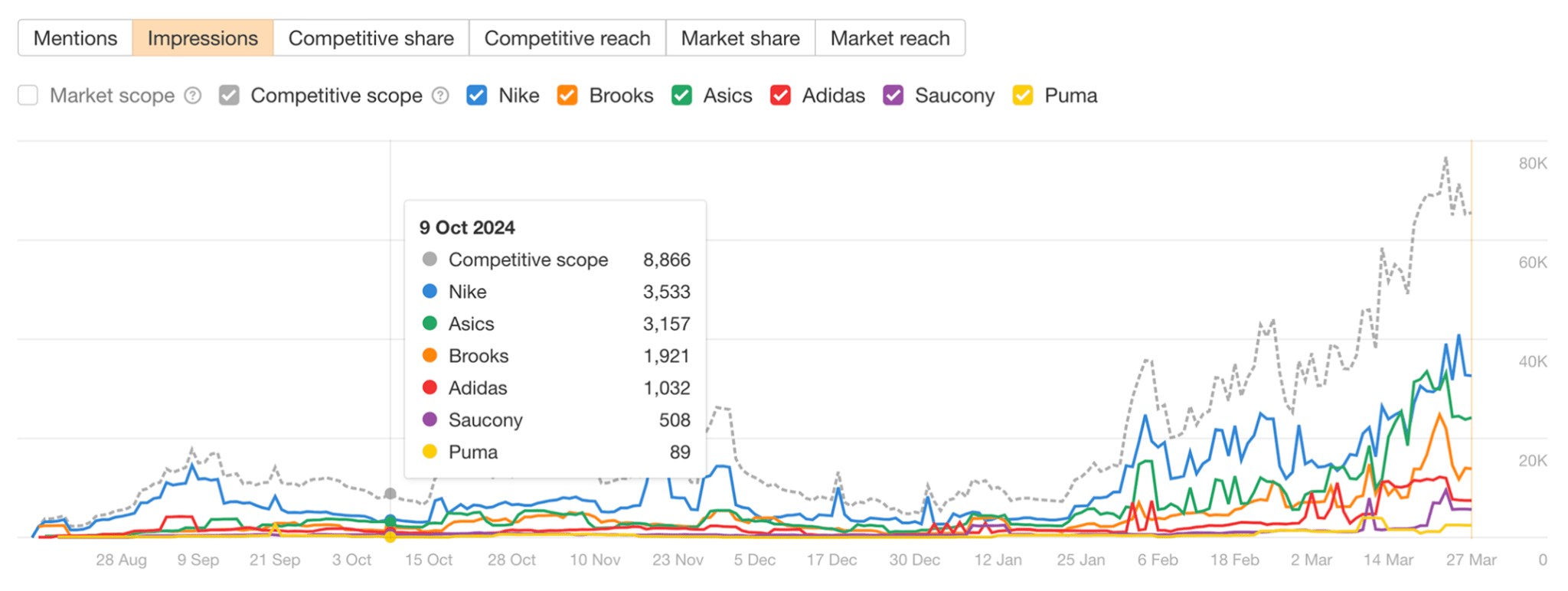
Final thoughts

 Hollif
Hollif 







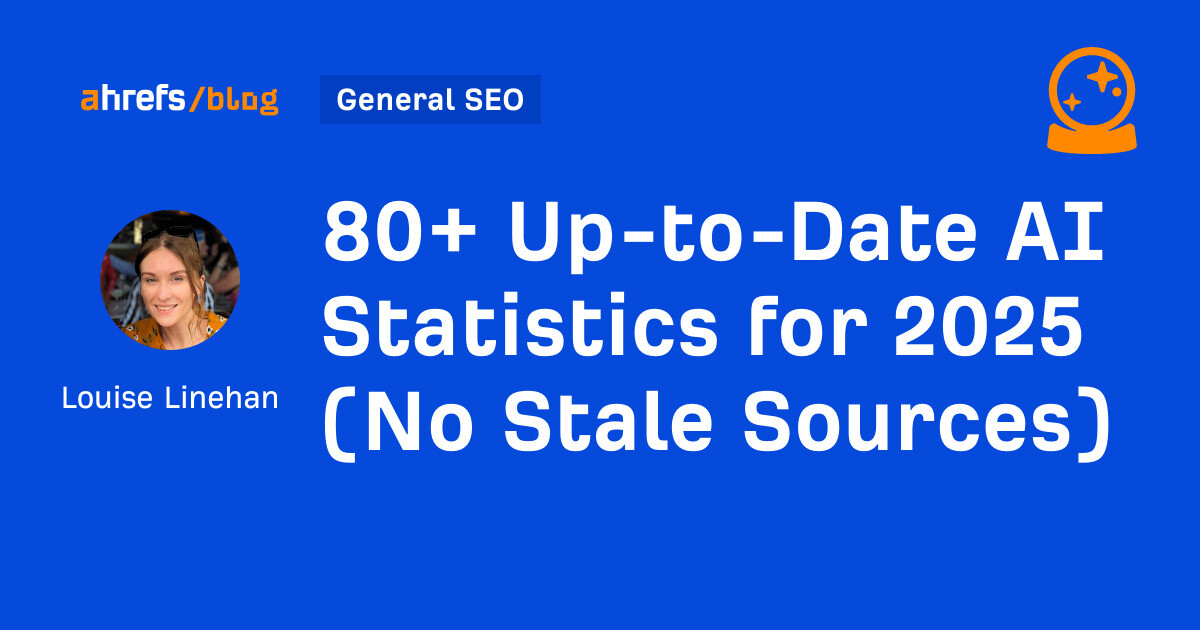
![Local SEO for Small Businesses: The Complete Guide [2025]](https://www.stanventures.com/blog/wp-content/uploads/2025/02/imgpsh_fullsize_anim-1-1024x619.png)
